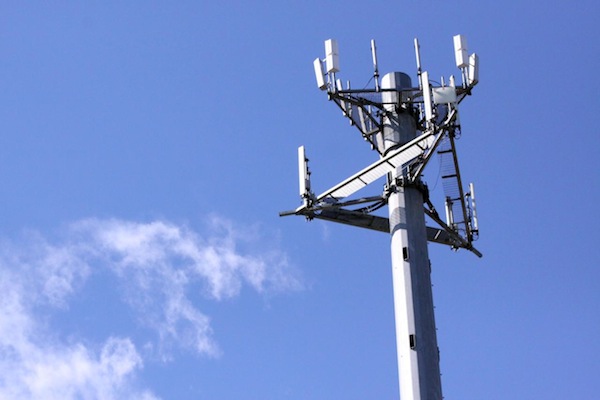By Kish Rajan.
Later this year, the country’s first 5G-capable city will come online. 5G will enable residents to download a full movie in under 10 seconds, enable gamers to play multiplayer video games from their smartphones with zero lag, and connect millions of home appliances – 5G will even connect our pets.
There is little doubt that 5G will change what we think of as being truly “connected,” but who will get it first? If you guessed the usual suspects – Silicon Valley, San Francisco – you would be wrong.
Verizon has named Sacramento the first of 3 to 5 cities where it plans to launch 5G service later this year. And while Sacramento doesn’t leap to mind as an innovative metropolis, the city has positioned itself to be amongst the first to roll out a future-defining 5G network.
Over the past two years alone, we have seen data traffic increase a whopping 238%. There are currently 262 million smartphones in use across the US, in addition to another 180 million connected devices (i.e. fitness trackers). According to projections, our insatiable appetite for wireless is just getting started.
This reality is why the move to 5G must happen quickly. 5G networks can handle 100 times more capacity and move data 10 times faster than the current 4G network. 5G’s speed and capacity is what will enable the network to keep up with current demand, while also powering new innovations such as autonomous vehicles and smart energy grids.
Further, this technology has the potential to supercharge California’s economy. A report released by Accenture last year estimated that 5G will result in $275 billion in investments, create three million new jobs, and grow GDP by over $500 billion nationwide.
Sacramento is leading the way by adopting common sense policy and embracing next generation infrastructure deployment. 5G depends on the robust deployment of “small cells.” Small cells are small, low-powered antennas – sometimes called nodes – usually about the size of a pizza box, attached to existing infrastructure such as utility poles or streetlights.
While 5G is fast, its higher frequencies don’t travel as well, which means network density is an absolute necessity. For example, the Golden 1 Center will require dozens of small cells.
It’s time for others in the state to learn from Sacramento and embrace the future – starting with small cells.
[divider] [/divider]
Originally posted at Fox & Hounds Daily.





